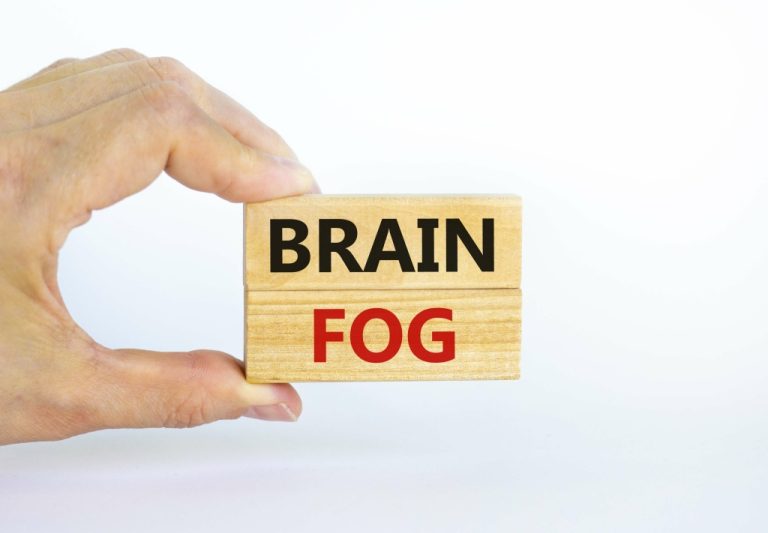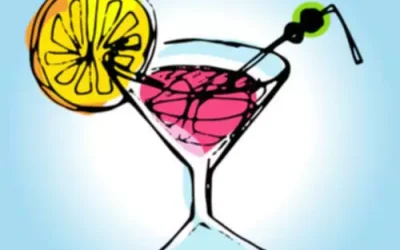From the oral cavity, the food passes through the throat (i.e., pharynx) into the esophagus. The coordinated contraction and relaxation of the muscles surrounding the esophagus propels the food into the stomach. The GI tract’s functions are to physically and chemically break down ingested food, allow the absorption of nutrients into the bloodstream, and excrete the waste products generated. The GI tract can be viewed as one continuous tube extending from the mouth to the anus (figure 1), which is subdivided into different segments with specific functions.
What Are the Effects of Alcohol on the Body?
Such diagnostic method without an objective examination (e.g. esophageal pH monitoring) might affect the classification of the subjects. To sum up, the two subtypes of GERD have their own characteristics, and alcohol has different effects on them, which may be the source of the difference. Among the many organ systems that mediate alcohol’s effects on the human body and its health, the gastrointestinal (GI) tract plays a particularly important part.
How To Reduce Risk
Gastroesophageal reflux disease (GERD) is a chronic medical condition that’s caused by the inability of the lower part of esophagus to function properly. As a result, the acid and contents from your stomach back up, repeatedly irritating the more delicate tissue of the esophagus. This results in a burning sensation in the chest (often called heartburn) and irritation of the esophagus. This meta-analysis provides evidence for a potential association between alcohol drinking and the risk of GERD. The increase in alcohol consumption and frequency showed a stronger association with GERD.
Inflammatory damage
The mechanisms underlying the effects of alcoholic beverages on gastric acid secretion have not yet been identified. Moreover, researchers have shown that after beer consumption, gastric acid secretion also is stimulated by by-products of the fermentation process other than alcohol (Chari et al. 1993). Not all of these foods affect everyone in the same way, however, so a bit of trial and error may be necessary to know which specific foods are best to avoid.
What do experts advise about alcohol intake?
- Alcohol consumption may increase symptoms of GERD and cause damage to the esophageal mucosa.
- This occurs when the lower esophageal sphincter (LES) weakens or relaxes.
- Not all of these foods affect everyone in the same way, however, so a bit of trial and error may be necessary to know which specific foods are best to avoid.
- Second, alcohol induces the release of noxious signaling molecules, such as cytokines, histamine, and leukotrienes.
In April 2020, the Food and Drug Administration (FDA) requested that all forms of prescription and over-the-counter (OTC) ranitidine (Zantac) be removed from the U.S. market. They made this recommendation because unacceptable levels of NDMA, a probable carcinogen (or cancer-causing chemical), were present in some ranitidine products. People taking prescription ranitidine should talk with their doctor about safe alternative options before stopping the drug. People taking OTC ranitidine should stop taking the drug and talk with their healthcare provider about alternative options. Instead of taking unused ranitidine products to a drug take-back site, a person should dispose of them according to the product’s instructions or by following the FDA’s guidance.
The relationship between alcohol and the GI tract is a two-way street, however, and the GI tract plays a role in the absorption, metabolism, and production of alcohol. Whether your acid ibuprofen and alcohol: is it safe to mix otc painkillers with alcohol reflux bothers you a lot or a little, it’s a good idea to discuss it with a healthcare provider. They can assess whether it’s causing you complications that you may be unaware of.
Someone else with GERD may experience worsening symptoms of heartburn after drinking a small amount of alcohol. Another study examined the effects of beer and wine on acid reflux. This study asked 25 people with GERD to drink a serving of white wine, beer, or water and then measured if each drink increased reflux.
Alcohol abuse may lead to damage of the gastric mucosa, including hemorrhagic lesions. Beverages with a low alcohol content stimulate gastric acid secretion, whereas beverages with a high alcohol content do not. Throughout cocaine withdrawal the GI tract, alcohol absorption into the bloodstream occurs through a process called simple diffusion. For example, the higher the concentration of the ingested alcohol, the more alcohol the mucosa absorbs.
Systematic investigations concerning this matter are inappropriate and further well-designed prospective studies are needed to clarify the effect of alcohol on GERD. This is called alcoholic fatty liver disease, or alcoholic steatohepatitis. As the liver breaks down alcohol, toxins are created that can damage liver cells and promote inflammation. “These toxins, which are byproducts of alcohol digestion, cause inflammation in the liver.
When alcohol is consumed, the alcoholic beverages first pass through the various segments of the gastrointestinal (GI) tract. Accordingly, alcohol may interfere with the structure as well as the function of GI-tract segments. For example, alcohol can impair the function of the muscles separating the esophagus from the stomach, thereby favoring the occurrence of heartburn. Alcohol-induced damage to the mucosal lining of the esophagus also increases the risk of esophageal cancer. In the stomach, alcohol interferes with gastric acid secretion and with the activity of the muscles surrounding the stomach.
In addition to avoiding alcohol, people may try avoiding fatty, spicy, and certain other types of foods and beverages. Quitting smoking and managing weight may also help reduce GERD symptoms in some people. According to a 2019 review of 29 studies, consuming alcohol is a significant risk factor for developing GERD. Researchers found that increasing alcohol intake and drinking frequency demonstrated a stronger link with GERD. High triglycerides can result from a combination of factors, including health conditions, medications, diet, and lifestyle factors.
Alcohol abuse also promotes the development of cancers of the tongue, larynx, pharynx, and esophagus. Finally, the results of recent epidemiological studies indicate an association between alcohol consumption and the development of colorectal cancer. Several studies have suggested that the decreased formation of hormone-like substances called prostaglandins might oxycodone uses, side effects, dosages, precautions play a role in alcohol-induced mucosal injury (Bode et al. 1996). Prostaglandins protect the gastric mucosa from damage by agents such as aspirin that break the gastric mucosal barrier without inhibiting acid secretion. Researchers have known for more than 100 years that alcohol abuse can cause mucosal inflammation (for a review, see Beazell and Ivy 1940).
The pancreas helps regulate how your body uses insulin and responds to glucose. If your pancreas and liver don’t function properly due to pancreatitis or liver disease, you could experience low blood sugar, or hypoglycemia. Heartburn, indigestion and acid regurgitation can make for an unpleasant evening. You can take certain steps to reduce the frequency of these events.
Most people are able to manage the discomfort of GERD with lifestyle changes and medications. It’s important to remember that GERD triggers can act in combination with one another, and that any single trigger by itself might not be enough to cause symptoms. When it comes to alcohol, any symptoms could depend on what you eat or drink along with the alcohol itself. Here’s what you should know about how alcohol can contribute to GERD symptoms, and how to figure out if you might be better off reducing your intake, changing how you drink alcohol, or abstaining from alcohol altogether.
The acetaldehyde subsequently can be metabolized further by the enzyme aldehyde dehydrogenase (ALDH), which is localized in the colonic mucosa or the colonic bacteria. Alternatively, the acetaldehyde can be absorbed into the bloodstream and transported to the liver for further degradation. Because ALDH activity in the colonic mucosa is low, acetaldehyde accumulates in the colon and may even exceed the concentration found in the liver (Salaspuro 1996). These high acetaldehyde levels in the colon may contribute to the development of alcohol-induced diarrhea and—after absorption into the blood—liver injury.
















 Lokacije
Lokacije Broj telefona
Broj telefona Email adresa
Email adresa